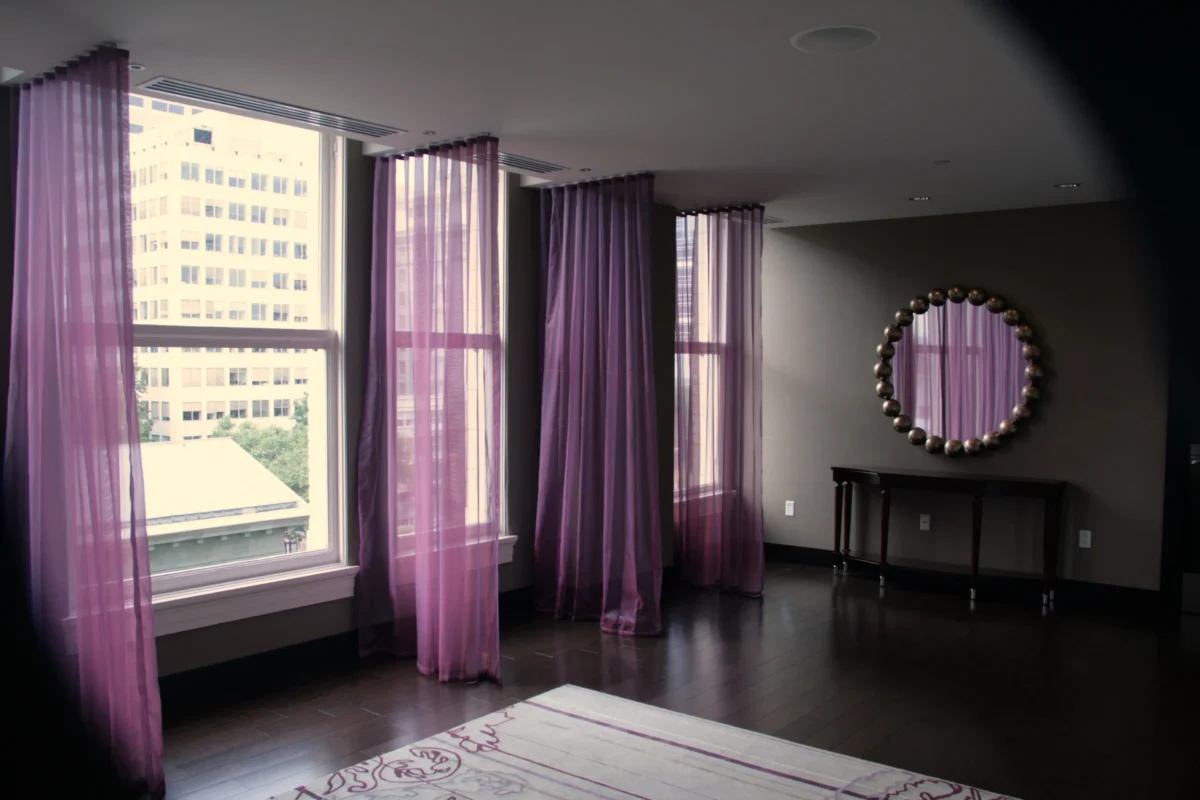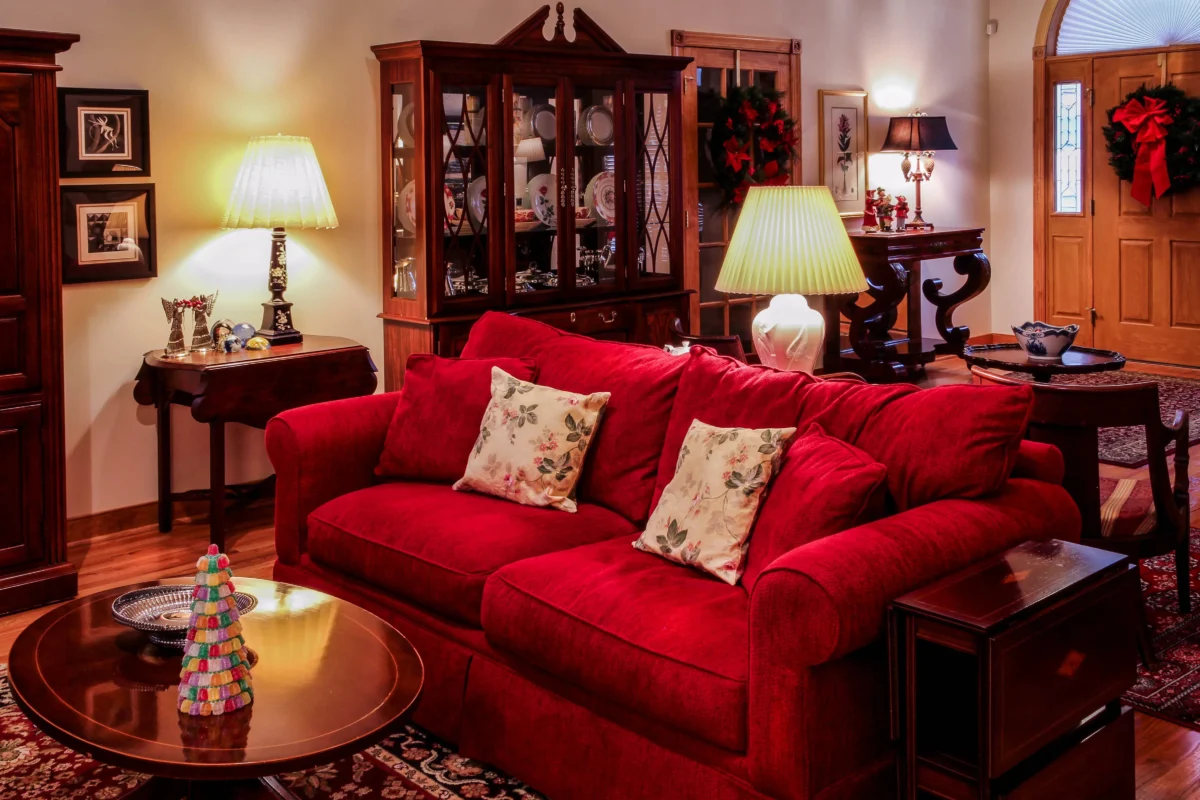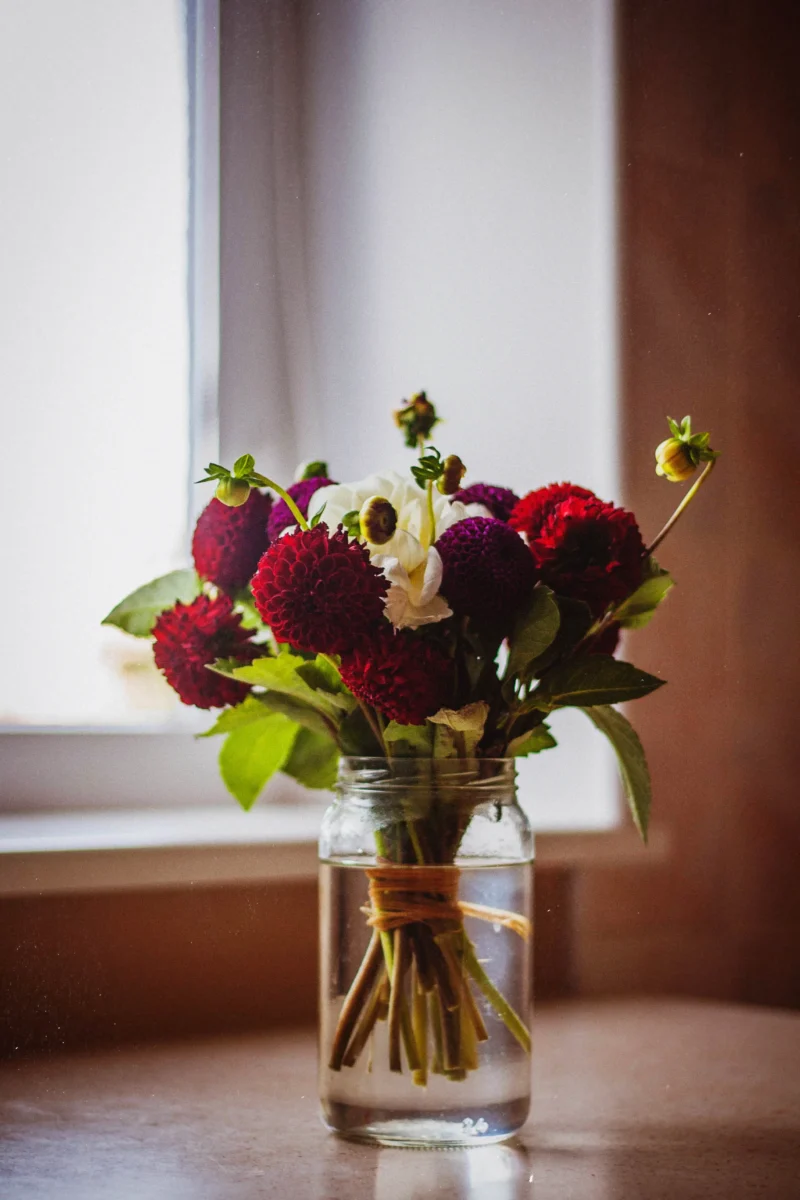Choosing the right color for a small bedroom can make all the difference in creating a cozy, inviting space. With the right hues, you can transform a cramped room into a serene retreat that feels much larger than it actually is. But which colors work best?
You don’t need to be an interior designer to get it right. By understanding how different shades affect perception and mood, you can easily pick the perfect palette. Whether you want to create a calm oasis or a vibrant sanctuary, the right colors can help you achieve your dream bedroom. Let’s explore some of the best options to make your small bedroom feel just right.
Understanding Color Psychology in Small Bedrooms
Color choice impacts the feel of a small bedroom. Certain colors alter the room’s perception and mood.

The Impact of Color on Perception of Space
Light colors make spaces feel larger. White, beige, or pastels expand visual boundaries. Dark colors, like navy or deep gray, create coziness but can shrink space visually. Bright colors, such as vibrant yellow, can energize the room but may feel overwhelming in excess.
Psychological Effects of Different Colors
Blue promotes calm and relaxation; it’s perfect for restful sleep. Green brings balance and rejuvenation, good for mindful spaces. Yellow boosts happiness and energy but use sparingly to avoid overstimulation. Neutrals like gray and beige offer calmness without dominance, creating a versatile backdrop. Purple provides luxury and creativity, ideal for personal retreats.
Top Colors for Small Bedrooms
Selecting the right colors can transform your small bedroom. Use strategic shades to enhance space and comfort.
Light and Neutral Colors
Light colors make a room look bigger. White, beige, and light gray are top choices. They reflect light, making the room feel airy. Pastel shades, like pale blue and soft pink, add subtle color while maintaining a spacious look.
Cool Color Palettes
Cool colors create a serene environment. Shades of blue, green, and lavender calm the mind. Light blue walls can mimic the sky, enhancing openness. Soft green brings a touch of nature indoors.
Creative Use of Dark Colors
Dark colors add depth. Navy blue, charcoal gray, and deep green make a room cozy without overwhelming it. Use dark colors on accent walls or in accessories to balance the space effectively.
How to Choose the Right Color for Your Small Bedroom
Evaluate the Lighting Conditions
Consider natural and artificial light. Natural light enhances light colors, making rooms feel larger. LED and incandescent bulbs create warm or cool light differently. Test samples in various lighting conditions. Observe color changes throughout the day to pick the most suitable option.
Understand the Room’s Function
Determine the primary use of the bedroom. For a restful sleep environment, select calming colors like blue or green. If you use the bedroom as a workspace, consider stimulating colors like yellow or pastel shades. Match the color to the room’s purpose to enhance functionality.
Choose Light Colors for Space
Prefer light colors to expand the room visually. Whites, pastels, and light grays can make the space appear larger and more open. Use consistent light tones on walls, ceilings, and even furniture for a cohesive look.
Incorporate Accent Colors
Add personality with accent colors. Use bold shades in small doses on accessories, pillows, or an accent wall. Avoid overwhelming the space by sticking to one or two accent colors. Select complementary hues to maintain harmony in the room.
Design Tips for Small Bedrooms Using Color
Using Color to Create Cohesiveness
Using color to create cohesiveness makes a small bedroom feel larger. Stick to a consistent color palette for walls, furniture, and decor. Light tones, like pastels or whites, offer a unified look. Match bedding and curtains to wall colors for a seamless appearance. Limit contrasting colors to avoid visual clutter.
The Role of Accent Colors
« Transform Your Space: Discover the Best Colors for Small Entryways
Elevate Your Style: Discover the Best Colors to Go With Pink for Every Occasion »
The role of accent colors is to add personality without overwhelming the space. Use accent colors sparsely on decorative pillows, artwork, or small furnishings. Choose one or two accent shades that complement the main color scheme. For example, if your main palette is light blue and white, use navy or gold accents. This creates visual interest while maintaining balance.
Conclusion
Choosing the right colors for your small bedroom can make a world of difference in how the space feels and looks. By understanding color psychology and how different tones affect perception, you can create a room that feels more spacious and inviting. Stick to a consistent color palette and use accent colors thoughtfully to add personality without causing visual clutter. Matching your bedding and curtains to your wall colors can also help maintain a cohesive look. With these tips, your small bedroom can become a cozy and stylish sanctuary.








